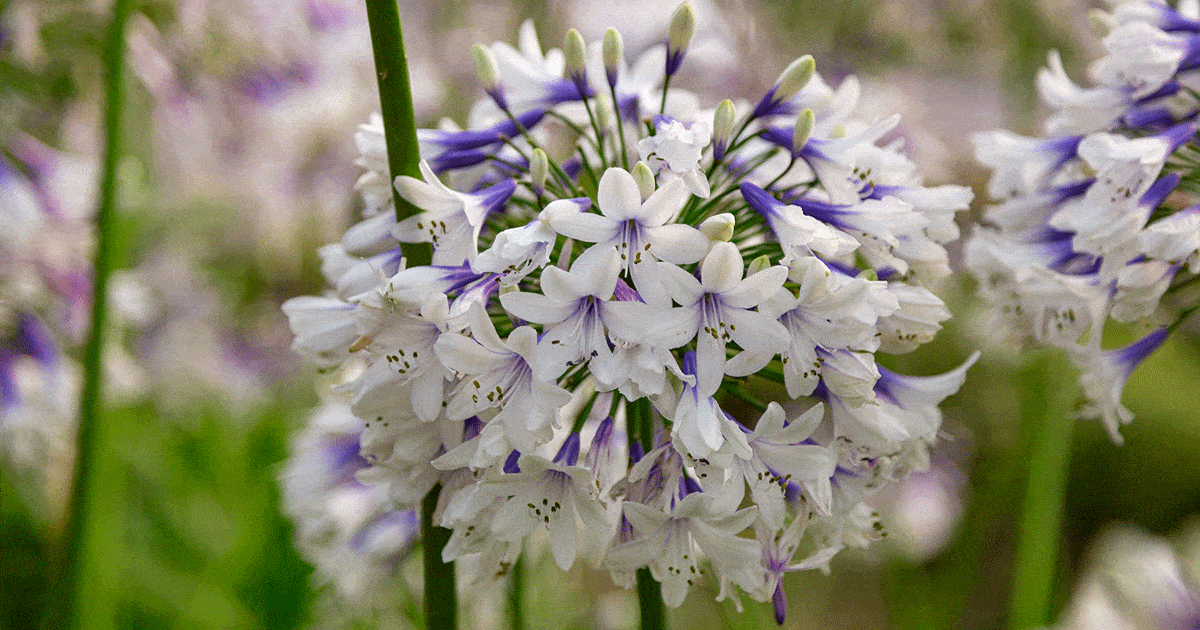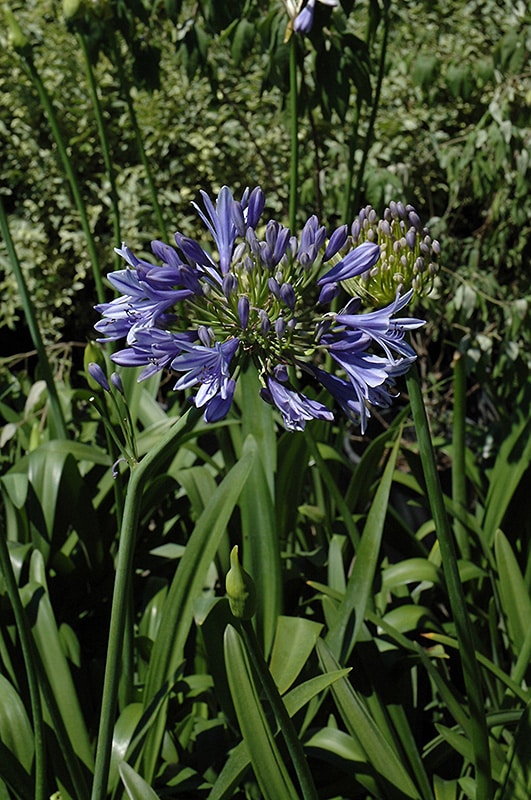Magnificent Agapanthus: Enhancing Your Garden's Elegance
Magnificent Agapanthus: Enhancing Your Garden's Elegance
Blog Article
Understanding the Art of Agapanthus Treatment: Necessary Steps for Healthy And Balanced Development and Vibrant Blooms
In the world of horticulture, the growing of agapanthus stands as a satisfying venture for those that seek to nurture these sophisticated flowering plants. From selecting the ideal variety to grasping pruning techniques, the trip towards cultivating flourishing agapanthus plants is multifaceted and holds the crucial to unlocking the full potential of these agricultural gems.

Selecting the Right Agapanthus Variety

When picking the best Agapanthus range for your yard, consider factors such as climate viability, bloom color, and growth routine. Agapanthus, commonly understood as Lily of the Nile or African lily, can be found in a range of shades ranging from tones of purple and blue to white. Pick a blossom color that matches your existing yard scheme to create an unified landscape. Furthermore, take into consideration the climate in your region to make sure the Agapanthus range you pick can thrive in your certain conditions. Some ranges are extra forgiving of cold temperatures, while others choose warmer environments. Comprehending the growth habit of various Agapanthus varieties is crucial for correct positioning within your garden. Some varieties have a clumping development behavior, ideal for containers or boundaries, while others have an even more spreading nature, appropriate for ground cover or mass growings. By very carefully examining these aspects, you can select the perfect Agapanthus variety to enhance the elegance of your yard.
Suitable Growing Conditions
Considering the optimum ecological demands is important for effective Agapanthus growing. Agapanthus plants are delicate to cool temperature levels and ought to be protected from frost throughout winter season months.
To guarantee healthy development and lively blossoms, plant Agapanthus bulbs at a deepness of concerning 2-4 inches and area them 8-12 inches apart. Mulching around the base of the plants assists keep moisture and suppresses weed growth.
Watering and Fertilizing Tips
Preserving appropriate moisture degrees and supplying crucial nutrients are vital aspects in the care regimen for Agapanthus plants. When it comes to sprinkling Agapanthus, it is critical to strike an equilibrium. These plants choose consistently wet dirt but are at risk to root rot if overwatered.
Fertilizing Agapanthus is essential for promoting healthy and balanced growth and respected blossoms. Apply a balanced fertilizer, such as a 10-10-10 formula, in the very early spring as new development arises. Repeat this application every 6-8 weeks throughout address the expanding period. Stay clear of extreme fertilization, as it can lead to lavish vegetation at the cost of blossoms. Constantly follow the maker's guidelines for proper dilution and application approaches. By complying with these watering and fertilizing ideas, you can guarantee your Agapanthus plants flourish and generate vivid, durable blooms.
Pruning Methods for Agapanthus
Trimming Agapanthus plants at the suitable times and with correct techniques is critical for maintaining their health and wellness and advertising optimal development and blooming. The perfect time to trim Agapanthus remains in late winter season or very early spring before brand-new development emerges. Begin by getting rid of any dead or yellowing fallen leaves near the base of the plant. Cut them as short as go right here possible without harming the emerging shoots.
For flowered stems, wait up until the blossoms have actually withered and then trim them back to the base. This not only cleans up the plant's appearance however likewise motivates the growth of brand-new flower buds. Deadheading invested blossoms can also reroute the plant's energy right into creating more flowers instead than setting seeds. Nonetheless, if you wish to gather seeds for proliferation, leave some blossoms to dry and mature on the plant.
Bear in mind to use tidy, sharp devices to make accurate cuts and minimize the threat of introducing diseases. Agapanthus. Routine trimming will assist maintain your Agapanthus looking neat and healthy and balanced while making sure an abundant display of gorgeous flowers
Taking Care Of Common Pests and Conditions
After guaranteeing appropriate pruning methods for Agapanthus, it is important to address usual parasites and illness that can impact the health and vitality of these plants. Agapanthus plants are generally durable however can still succumb to particular concerns. One common insect that affects Agapanthus is check out here the Agapanthus gall midget. This little, orange fly lays its eggs in the vegetation, leading to altered growth and flower buds that fall short to open. To combat this pest, trim and destroy any kind of affected plant components and consider making use of insecticidal soap.
Furthermore, Agapanthus plants can endure from root rot if they are planted in improperly draining dirt. By being alert and taking punctual action versus bugs and illness, you can help your Agapanthus plants grow and produce vivid flowers. Agapanthus.

Final Thought
Finally, understanding the art of agapanthus treatment entails choosing the right range, offering ideal growing conditions, correct watering and fertilizing, suitable trimming methods, and dealing with common pests and diseases. By adhering to these vital steps, you can guarantee healthy growth and dynamic flowers for your agapanthus plants. Keep in mind to routinely keep track of and preserve your plants to promote their total well-being and long life.
To make certain healthy and balanced growth and vivid flowers, plant Agapanthus bulbs at a depth of concerning 2-4 inches and space them 8-12 inches apart. By complying with these watering and fertilizing ideas, you can ensure your Agapanthus plants grow and produce lively, long-lasting flowers.
One common pest that impacts Agapanthus is the Agapanthus gall midget. Additionally, Agapanthus plants can suffer from root rot if they are planted in poorly draining dirt. By adhering to these important steps, you can make certain healthy development and lively blossoms for your agapanthus plants.
Report this page